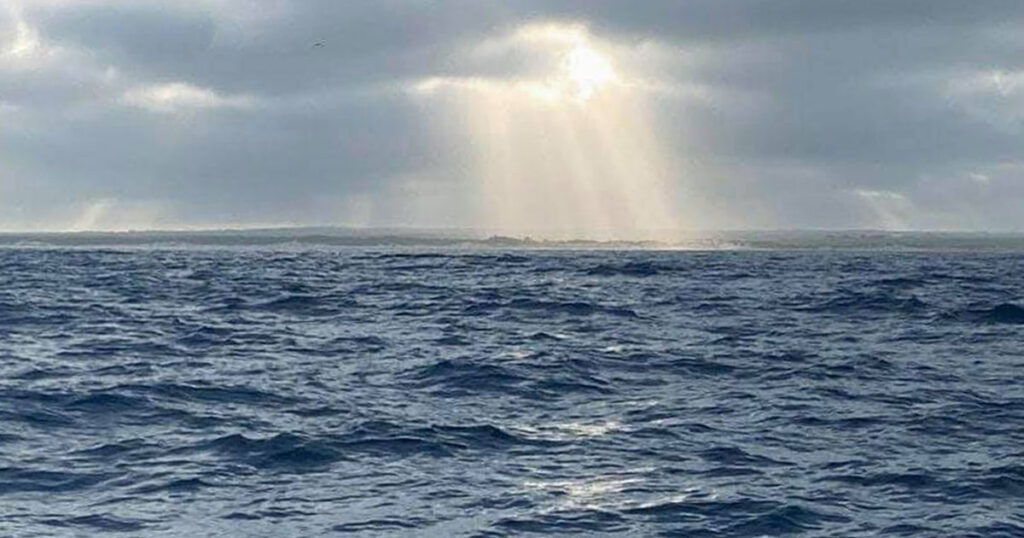Understanding when it is safe to head out in the boat or a good choice to stay home is not always straight forward but it’s something we take seriously at Balgowan Fishing Charters.
But no matter how much our decision is the right one, having to tell customers that have been booked in for months that we cannot go is one of the hardest parts of this venture.
This decision not only upsets people who’ve organised accomodation, flights, food, and months of fishing dreams, but also hurts a charter business already struggling to keep the business afloat financially.
So as you can imagine, all the factors are considered before making the call.
How good is Bureau Of Meteorology forecasting?
The Bureau Of Meteorology gets it right, most of the time.
However, the BOM only gives us numbers, so when people’s lives are relying on weather forecasts, it’s local knowledge and experience that fills in the gaps.
This means that when we make our safe boating decisions, we look to other key factors, including:
- Wind strength and direction
- Ocean swell
- Tides
Let’s take a deeper dive, so to speak.
The actual wind strengths and direction
Different locations are effected by different strengths and directions of winds in different ways. So understanding these effects is critical, which is why local knowledge is the key to safety.
On shore/ off shore obviously makes a massive difference close to shore but once you get 10-20 miles out things change.
At Balgowan, strong easterlies can make for some ugly conditions in the middle of the gulf and I have had some moments heading out where the grip on the wheel is tight and you are thinking, should we even be here with the 10.4m Clayton Galant!
North westerly winds of anything over 15 knots and you will be the only trailer at the Balgowan ramp with no protection from the small breakwater during launch and retrieval.
I am sure many facilities will have similar unique situations.
The ocean swell
Even on days when the wind is fairly mild, add a decent swell, whether it is in a similar direction or at 90 degrees, and you will be dealing with some large waves or the old washing machine with waves from two directions and a boat being pushed all over the place.
Hence consideration to the local swell factor is a key forecast tool to keep an eye on.
Tides
Big tides may sound like a fisherman’s ideal situation to the unwise, but can be the difference between a good day on the water or a disaster.
A big tide with a mild wind in the opposite direction not only stands the waves up but makes fishing tough.
You will need big leads to even get to the bottom, and even if you can get onto fish that will bite, the loop created in your line makes it tough to feel those bites.
Where we like to fish in the depths of Spencer Gulf a small tide is a much better option, particularly if there is any wind about.
Summary
So not only are we mainly looking at wind strength when deciding on whether we are going or not, it’s a combination of ALL the factors above that influence the difficult decision.
In the end, safety is most important thing and not many customers enjoy a rough day on the water.
